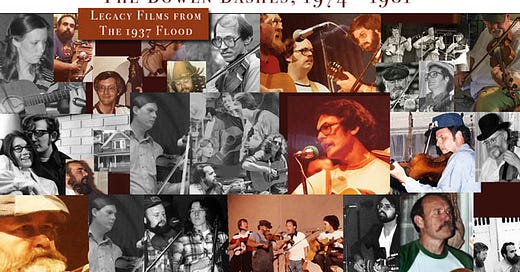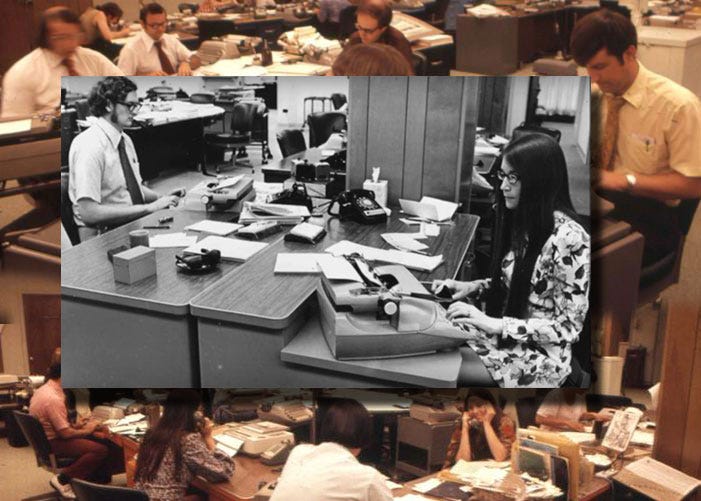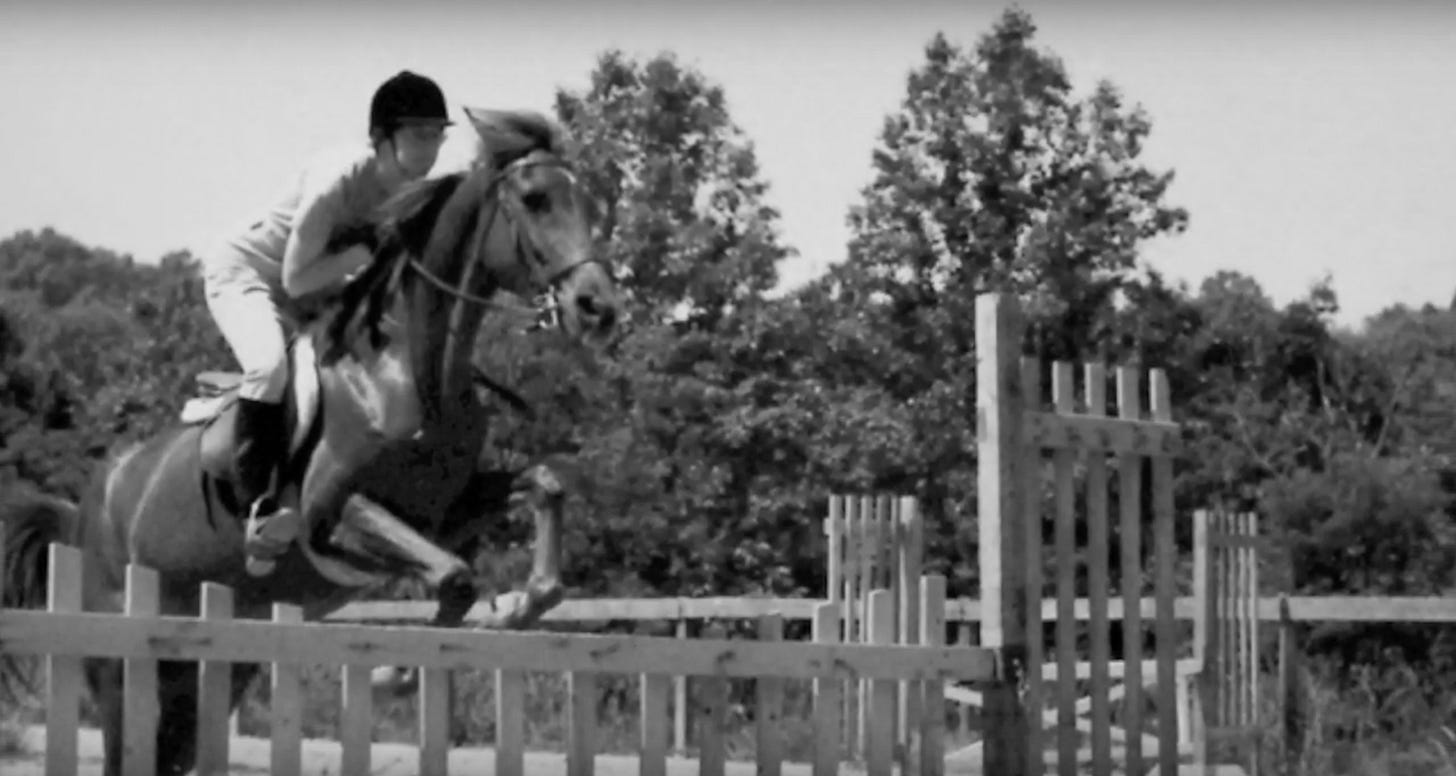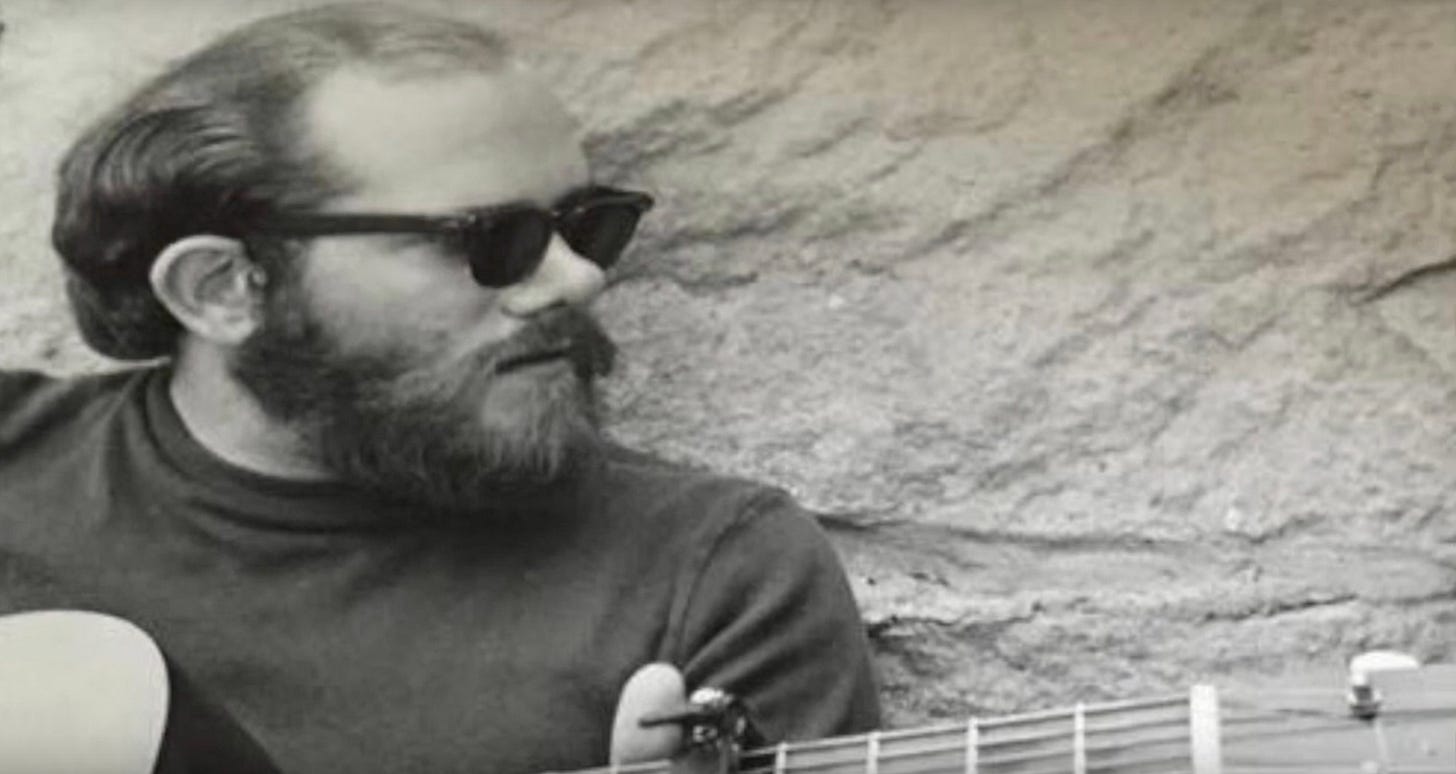Two years ago this month, we published details of some of The Flood’s earliest history — and, well, its PRE-history as well — in the form of eight feature-length movies released through YouTube.
Called “The Flood Legacy Films,” the series — put together during the seemingly endless months of quarantine and isolation in 2020, the first year of the COVID-19 epidemic — focused on music and images from the parties at which The Flood was born a half century ago.
Those weekend-long galas in the 1970s and early ‘80s were hosted by Pamela and Charlie Bowen in their South Side Huntington home. They were happy, noisy gatherings that their friends came to call “The Bowen Bashes.”
How It All Began
By mid-1972, the Bowens were starting to feel quite grown up. They had been married for more than three years, had both graduated from college and now held down responsible jobs as reporters with the Huntington newspapers.
But they hadn’t given up all their youthful diversions. For instance, they both still loved music.
Of course, Pamela and Charlie had played music together at coffeehouses and folk music parties during their years of dating in the late 1960s.
After their marriage, though, they had given up music for a while, finding it more fun to play with each other than with their guitars.
By the time Charlie got back into music, Pamela had moved on to other interests — writing, photography, horseback riding — but she still loved going to the concerts and festivals.
Doing the Festivals
And there were lots of festivals to choose from.
With long-time friends like Jim Strother, Susan Lewis, Stew Schneider and Sarah and Jack Nuckols, they traveled to rural settings in Kentucky and West Virginia.
There they heard fiddlers and banjo pickers, and they met the new players who learned to play the old tunes, people like H. David Holbrook and Ron Sanders and John Morris.
And, of course, they were early followers of Roger, Mack and Ted, the incomparable Samples Brothers, and the phenomenal Buddy Griffin. Nowadays, folks speak of “influencers”; these people were the Influencers in those days of rich musical discovery.
Bringing It All Back Home
Before long, Pamela and Charlie wanted to bring some of this wonderful music to their own living room. In August of 1972, the invitations went out.
Terry Goller, the Bowens’ long-time local music hero and mentor, came with his guitar to pick with Nuckols and Strother, with Holbrook and Lewis and Schneider.
Of course, such a good time demanded an encore. And then another, and then another. Before long, The Bowen Bash was s semi-annual event. For nearly decade, the bashes — usually one in the spring and another in the fall — brought together dozens of musicians and nurtured the birth of a number of bands, including The 1937 Flood.
1974
Sadly, the first couple of bashes are lost to the ages — stupidly we didn’t think to turn on a tape recorder! — but by the spring of 1974, we had wised up. With the help of Stew Schneider at the control, we started recording the highlights and would record the gatherings from then on. That May 1974 party is the basis for this opening episode of the film series:
In November 1974, Charlie had been playing music with David Peyton for less than a year. They didn’t even have name for their ensemble yet, but by mid-summer, the third crucial element of what was to become The Flood was in place: guitarist/singer Roger Samples. The Autumn ‘74 party introduced Roger to the bash regulars:
1975
The September 1975 bash was fiddler Joe Dobbs’ introduction to this bash business. Peyton and Bowen met Joe five months earlier at an arts and crafts festival in downtown Huntington. Soon Joe was regularly fiddling with them out at Dave and Susie’s house on Mount Union Road. With Roger’s enthusiastic approval, by mid- summer Joe was a full-fledged member of The Flood, the band he would play with for the rest of his life. Here, from the next bash, are some of the first recordings we have of Joe and the gang:
1977
1977 was weird. It began with the worst winter any of us remembered. It was so cold for so long that the Ohio River froze over. And it seemed The Flood was frozen up too, or at least still hibernating. This was the only time the entire band did not even make an appearance. But the bash bunch soldiered on and weere rewarded with exciting new faces in the crowd:
Public Bashes, 1977-79
After five years of hosting those semi-annual semi-private house parties, the Bowens figured in the summer of 1977 that, gee, it was high time we made them public. Well, no, that’s not really how it happened at all. The public version of the bashes came about, not through the Bowens’ efforts, but rather through the good work of some dear friends. This episode tells the story of the rollicking public bashes:
1979
The bashes were always like good old “hootenannies.” But more than that, all that camaraderie meant that most of the fans and players were like family, sharing each others’ stories and successes and challenges, like neighbors coming together for a feast:
1980
But the times were changing too. Going into Spring 1980, divorces, new marriages and changing jobs were beginning to split up the group of people who had been central to the bash since its beginning. That’s the backdrop of this penultimate episode of the series:
1981
Finally, in Autumn 1981, we all knew the big parties were coming to an end. Some of the main bands that had played such a huge part in the bashes — such as the Kentucky Foothill Ramblers and Front Royal — had disbanded by then. Still we went out with a bang. Here’s the celebratory last episode:
Giving Props
We’re pretty proud of our Legacy Film project, though we're using that word "film" lightly; we don’t have any actual film from those days — movie cameras were beyond our financial means and our technical skills set in the ‘70s — so we went full Ken Burns for the eight videos that make up the series.
Accordingly, we are forever grateful for the contemporary photography of dear friend Jackie Jadrnak, who was on hand for almost all of the events recorded here. Jackie’s beautiful images gave us so much to work with, and her work was lovingly supplemented by Pamela’s photos as well.
And while Pamela was responsible for most of the audio you hear in the films, we also are indebted to Stew Schneider, John Koenig and John Klein, who did their own share of button pushing and knob turning on the tape recorders during all those long, loud evenings.
Enjoy the show!














